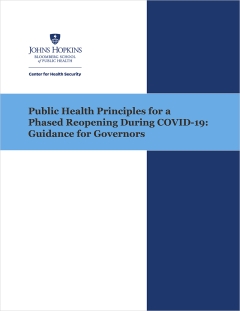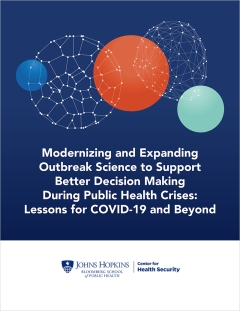Aerial spraying of products to kill larvae or adult mosquitoes is a public health measure used to control vector-borne diseases. In some outbreaks, the intervention has evoked controversy and community resistance. This study evaluated how local opinion leaders in US localities affected by Zika think about community engagement in public health policies for outbreak response. In December 2017 through March 2018, 4 focus groups were convened in Houston, TX, New Orleans, LA, Miami, FL, and Brooklyn, NY. They discussed a hypothetical scenario that featured vector control by aerial spraying. Participants (N = 20) more readily accepted this vector control method under 4 conditions: They were informed of alternatives, benefits, and risks for human health and the environment. Public health claims were backed by objective evidence and an authority figure genuinely working in the community’s interests. They received timely notice about how to mitigate toxin exposure. And, aerial spraying helped to protect vulnerable individuals. The community engagement requirements of the local opinion leaders resonate with core principles of recent public health ethics frameworks: namely, personal autonomy, transparency, reasonableness, and solidarity. Participants foresaw problems with community consent in an era of growing social media use and mistrust in governmental and scientific authority. They also debated whether health authorities should use moral-based arguments, in addition to science-based ones, to communicate aerial spraying’s risks and benefits.






